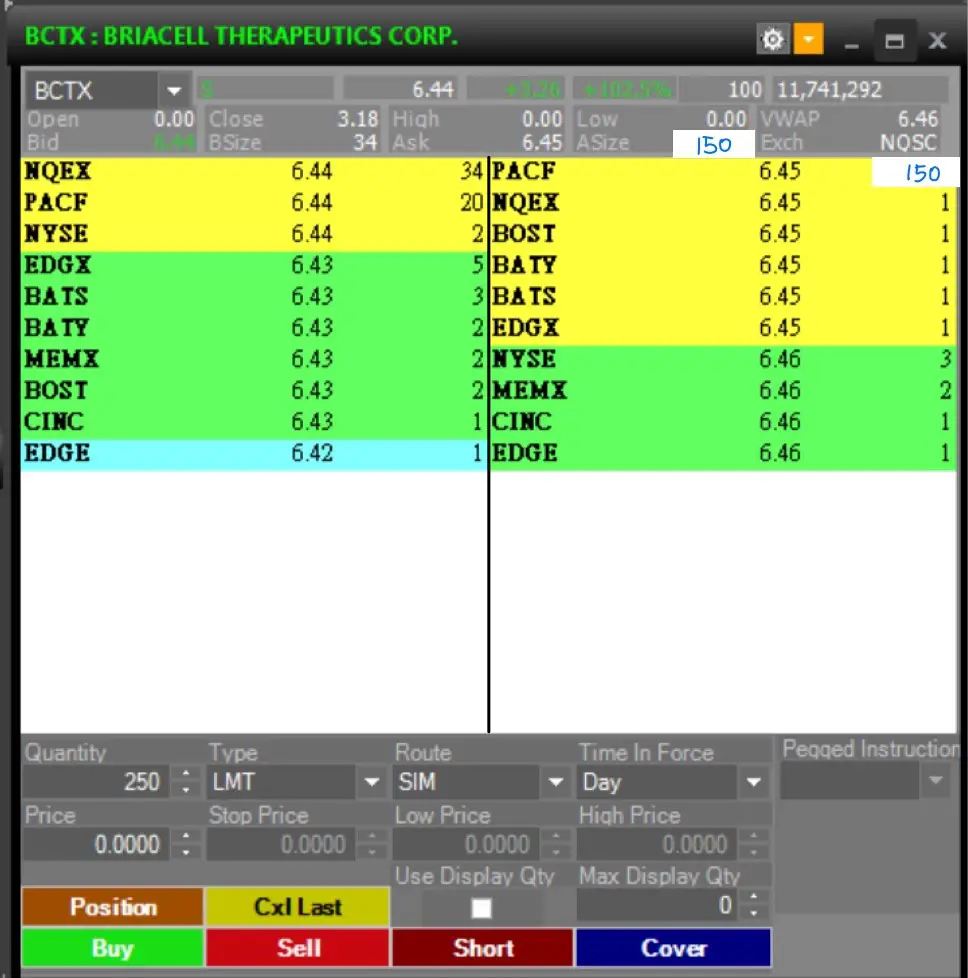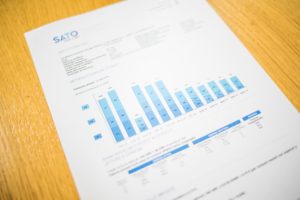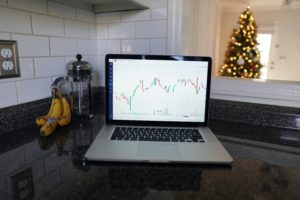Foreword
Do you ever wonder what happens on Level 1 and Level 2 when you send a limit order? In this article, we are going to go through several scenarios on level 1 and level 2 when you sent a limit order.
Recap
Level 1 and Level 2
Level 1 is a trading screen used for stock trading. Market data including bid price, bid size, ask price, ask size, last price, and the last size are all listed on Level 1.
Level 2 is an order book. All pending orders are all listed on Level 2. You can find in-depth market data, for example, exchange, bid price, ask price, amount of share on Level 2.
Related article: Reading Level 1 and Level 2
Limit Order
A Limit Order is an order that you sent to your broker to purchase or sell a security with a specified price or better. Your order would only be filled when someone buys or sells securities at the price you specified in your order.
Related articles: What is a Limit Order?
Changes in Level 1 and Level 2 with a Limit Order
Sending a limit order to your broker means you are buying shares with the specified price or better. In this case, the changes in Level 1 and Level 2 would be much complicated when comparing to the Market order one.
When you send a limit order, all your order does is removing the shares of the bid or the ask (Same as sending a Market order). If they are all removed, the remaining part of your order would then sit on the bid or ask to wait for a new buyer/seller to pay/sell you securities with your specified price or better.
Examples
Buy
1. Buy with a Limit Order (Share bought < Ask Size)

Assume you send a limit order to buy 1000 shares of BCTX for $6.45. The current ask size is 16000+500 = 16500 shares.
(You may refer to this article if you don’t know why it is 16000+500 but not 16000 shown on Level 1).

Your limit order removes 1000 shares of the ask. The total price you need to pay is 1000*6.45+ ECN fees= More than $6450. ECN fee is charged in this case since your order has removed liquidity from the market. The ask size was then reduced to 15000+500 = 15500 shares.
2. Buy with a Limit Order (Share bought > Ask Size)
The situation would be a bit different when your order size is larger than the ask size.

Assume you send a limit order to buy 16600 shares of BCTX for $6.45. The current ask size is 16000+500 = 16500 shares.
(You may refer to this article if you don’t know why it is 16000+500 but not 16000 shown on Level 1).

In this scenario, your order would be partially filled and the remaining parts would sit on the bid to wait for new sellers to sell you securities with your specified price in your order.
The total price you need to pay is 16500*6.45 + 100* 6.45 (or lower) + ECN Fees = at most $107565 + ECN fees. ECN fee is charged in this case since your order has removed liquidity from the market.
Sell
1. Sell with a Limit Order (Share sold < Bid Size)

Assume you send a limit order to sell 100 shares of BCTX with $6.44. The current bid size is 3400+2000+200 = 5600 shares.
(You may refer to this article if you don’t know why it is 3400+2000+200 but not 3400 shown on Level 1).

Your limit order removes 100 shares of the bid. Your gain would be 100*6.44- ECN fees= Lower than $644. ECN fee is charged in this case since your order has removed liquidity from the market. The ask size was then reduced to 5000+500 = 5500 shares.
2. Sell with a Limit Order (Share sold > Bid Size)

Assume you send a limit order to sell 6000 shares of BCTX with $6.44. The current bid size is 3400+2000+200 = 5600 shares.
(You may refer to this article if you don’t know why it is 3400+2000+200 but not 3400 shown on Level 1).

In this scenario, your order would be partially filled and the remaining parts would sit on the ask to wait for new buyers to buy your securities with your specified price in your order.
Your gain would be 5600*6.44 + 400* 6.44 (or higher) + ECN Fees = at least $38640 – ECN fees. ECN fee is charged in this case since your order has removed liquidity from the market.
Final Thought
In this article, we provided you some examples of how your limit orders would affect Level 1 and Level 2. The result varies with different share sizes. We hope you will find this article helpful when you are trying to learn more about sending limit orders.





